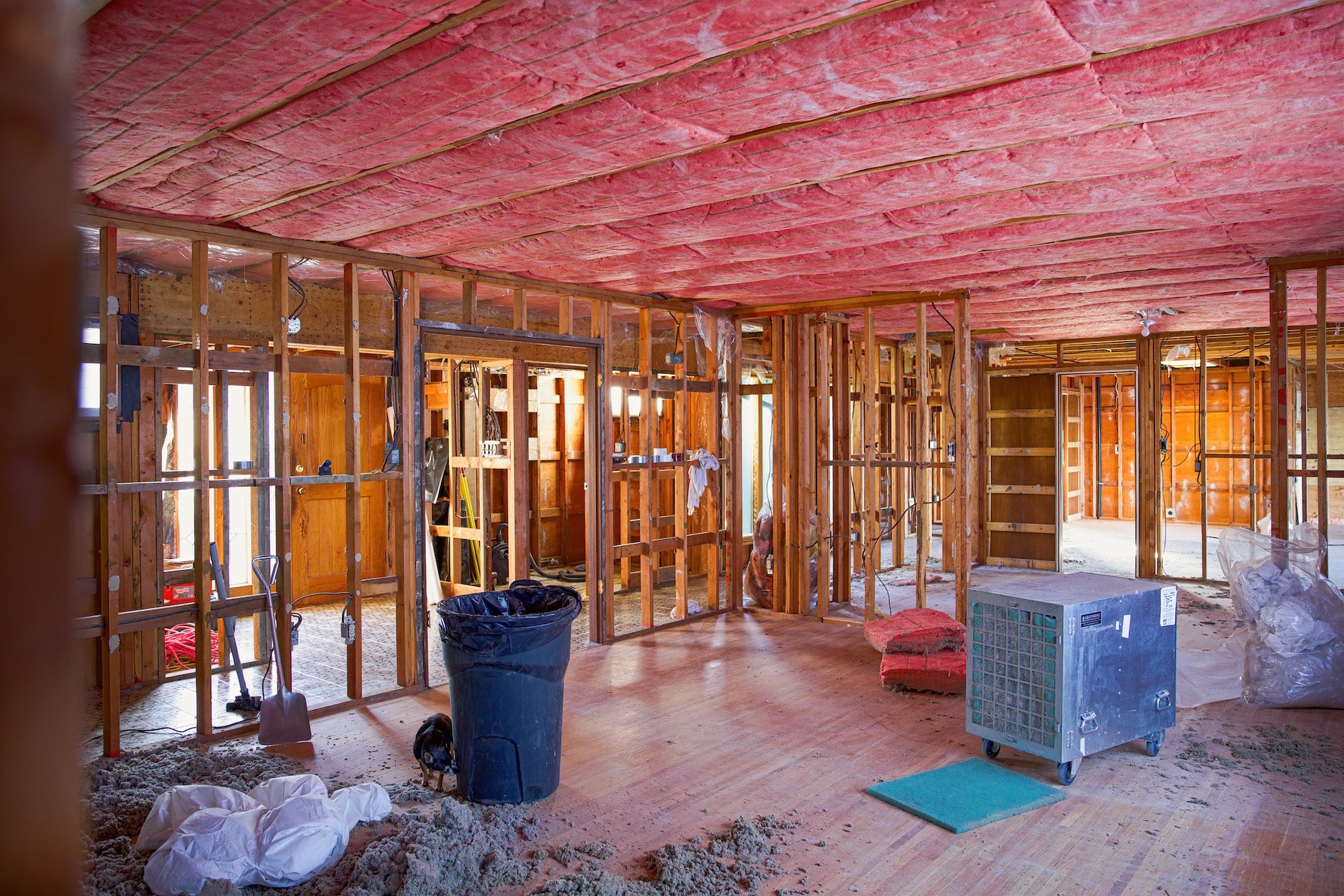How to Assess and Mitigate Asbestos Risk in Older UK Property Developments?

In the field of building and construction, managing safety issues is essential. This is particularly true when dealing with older buildings, where asbestos, a once popular building material, may be present.
Understanding Asbestos and Its Risk
Asbestos was a commonly used material in the construction of buildings in the UK up until the mid-1980s. This is because it provided good insulation, fire protection, and added strength to concrete and plastic materials. However, we now understand that asbestos is a serious health risk and exposure can lead to dangerous diseases like asbestosis, mesothelioma, and lung cancer. Despite these risks, many older buildings in the UK still contain asbestos, making its assessment and management a vital issue for construction and building management professionals.
Lire également : What Are the Key Factors to Consider When Designing Flood-Resilient Homes in Coastal UK?
The risk from asbestos comes from its fibres, which are released into the air when materials containing asbestos are disturbed. These fibres, when inhaled, can get stuck in the lungs, causing damage over time. Managing this risk involves identifying where asbestos might be found, checking its condition, and deciding what action to take.
Legislation and Regulations Surrounding Asbestos
The regulations involving asbestos control in the UK are quite robust. The Control of Asbestos Regulations 2012, which is enforced by the Health and Safety Executive (HSE), sets out the legal duties for asbestos management. It requires that anyone who has maintenance and repair responsibilities for non-domestic premises, whether through a lease or contract, has a duty to manage asbestos.
A lire aussi : How to Evaluate the Feasibility of Solar Energy Systems in UK Urban Developments?
The regulations specify that a proper asbestos risk assessment must be carried out to identify any asbestos-containing materials (ACMs). This means you should assume that materials contain asbestos unless there is strong evidence to suggest they do not. If asbestos is found or presumed to be present, you should put in place a management plan which sets out how the risks from these materials will be managed.
Asbestos Surveys and Risk Assessment
The first step in managing asbestos risk in any building is to carry out an asbestos survey. This is an effective way to help you manage asbestos in your premises by providing accurate information about the location, amount and type of any ACMs.
There are two types: a Management Survey which aims to locate any ACMs that could be disturbed or damaged during normal activities; and a Refurbishment and Demolition Survey which is necessary if the building has refurbishment or demolition planned.
These surveys should be conducted by a competent surveyor who can interpret the results and give advice on what steps need to be taken next. In some situations, if the ACMs are in good condition and not likely to be disturbed, they can be safely managed in place.
Asbestos Removal and Mitigation
If an asbestos survey reveals that there are ACMs that are in poor condition or likely to be disturbed, then the next step is to plan for their safe removal. Asbestos removal should always be carried out by licensed professionals, due to the high health risks associated with exposure to asbestos fibres.
Before removal, a detailed plan of work (method statement) should be prepared, setting out how the work will be done, what controls will be in place to protect workers and others from exposure, and how the waste will be disposed of.
It’s important to remember that even after asbestos has been removed, the responsibility for managing asbestos doesn’t end. Ongoing monitoring of the site should be conducted to ensure that no residual asbestos fibres are present.
Training for Asbestos Management
Education and training are vital in the fight against asbestos-related diseases. It’s crucial that any worker who might disturb asbestos during their work receives appropriate training to ensure they can work safely and without risk to others.
Training should cover topics such as recognising ACMs, knowing what to do if they come across them, understanding the risks and how to use protective equipment.
In conclusion, dealing with asbestos is a complex challenge that requires knowledge, vigilance and expertise. But by understanding the risks, complying with regulations, conducting thorough surveys, and implementing effective management plans, it’s possible to keep people safe from the dangers of asbestos.
However, remember that you should not attempt to handle or remove asbestos yourself. If you suspect that there may be asbestos in your building, you should get in touch with a professional who can safely manage the situation.
Safe Asbestos Management in Older Developments
The asbestos management strategy begins with the identification and assessment of materials likely to contain asbestos. As part of the risk assessment process, it is crucial to conduct a thorough survey of the premises. Asbestos surveys are instrumental in locating and assessing the condition of materials in your property that contain asbestos.
Specifically, two types of surveys exist: the Management Survey and the Refurbishment and Demolition Survey. The Management Survey is designed to locate any Asbestos Containing Materials (ACMs) that could be disturbed or damaged during the building’s normal occupation and use. On the other hand, the Refurbishment and Demolition Survey is used when the building (or part of it) is to be completely refurbished or demolished.
These surveys should be conducted by professional surveyors who are trained to handle asbestos safely. Following the survey, the surveyor will provide a detailed report, presenting a clear picture of the extent of potential asbestos exposure and the condition of the materials. This report forms the basis of the management plan, which should outline the steps to be taken to manage the risk posed by the presence of asbestos.
If the ACMs are in a good state and unlikely to be disturbed, they can often be managed safely in place. However, if the materials are in poor condition or likely to be disrupted, then a plan for a safe removal by licensed professionals should be set in place.
Important Considerations for Asbestos Removal
In cases where asbestos removal is deemed necessary, it’s essential that this task is only carried out by experts. Contact with asbestos fibres can lead to severe health problems, hence, the significance of entrusting this work to licensed professionals who have the requisite knowledge and training to handle asbestos materials safely.
Prior to the removal, a comprehensive plan of work, commonly known as the method statement, should be prepared. This statement details how the work will be carried out, the safety measures that will be implemented to safeguard workers and others from exposure to asbestos, and how the waste will be disposed of.
Following the removal, it is crucial to maintain regular monitoring of the site to ensure that no residual asbestos fibres are present. This is a key aspect of ongoing asbestos management and contributes to the overall health safety of the occupants.
In conclusion, managing asbestos risk in older UK properties involves understanding the potential risks, complying with asbestos regulations, carrying out comprehensive asbestos surveys, and implementing effective management plans. However, it is also critical to remember that you should never attempt to handle or remove asbestos yourself. If you suspect the presence of asbestos in your building, always consult a professional who can safely manage the situation. This not only ensures your safety but also the safety of others in the vicinity. Asbestos awareness and responsible asbestos handling can save lives, and hence, should be taken seriously.
